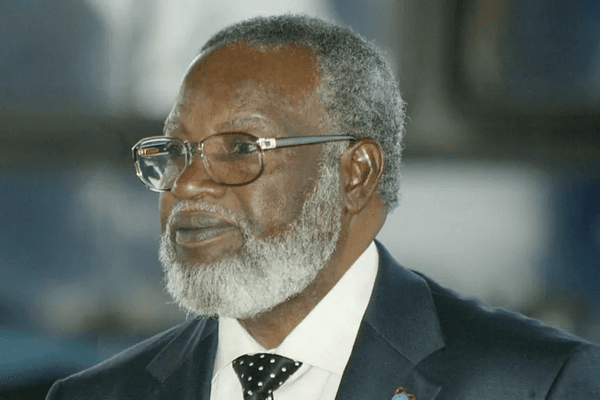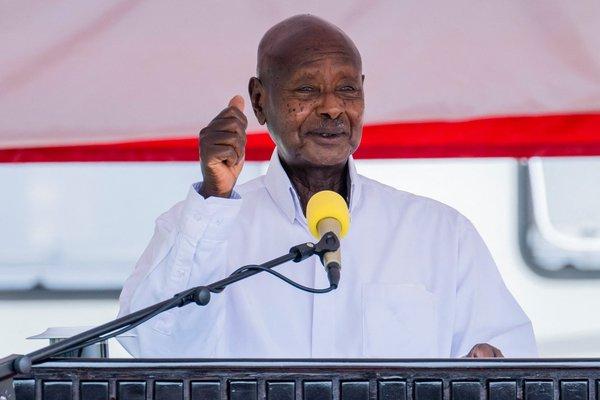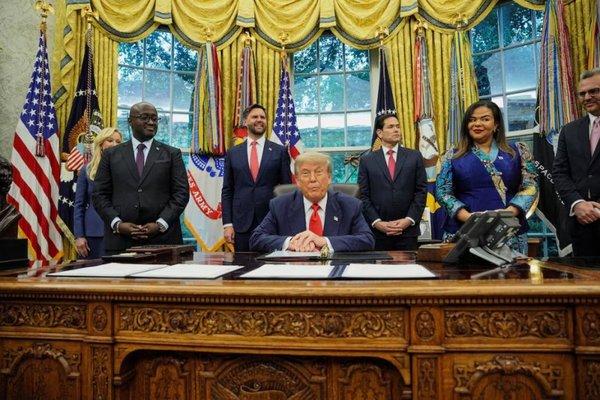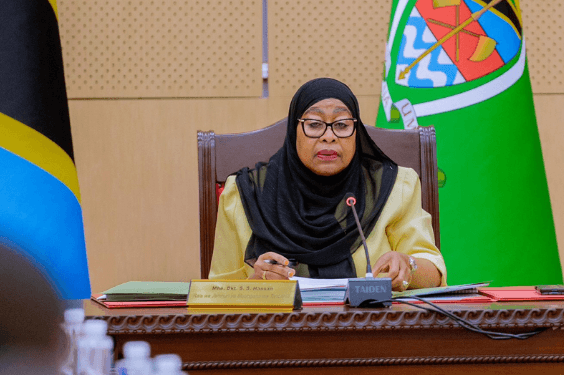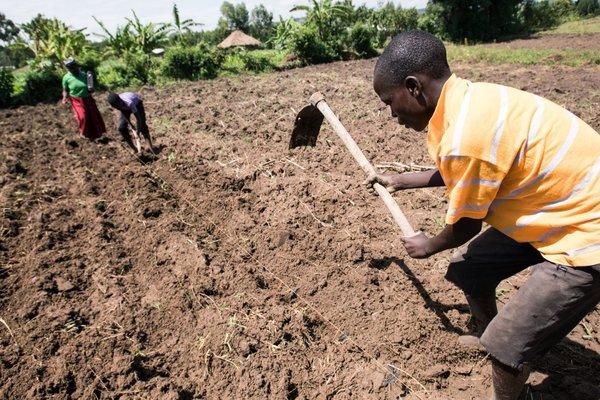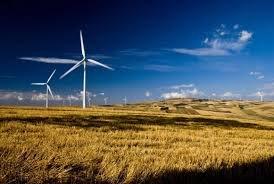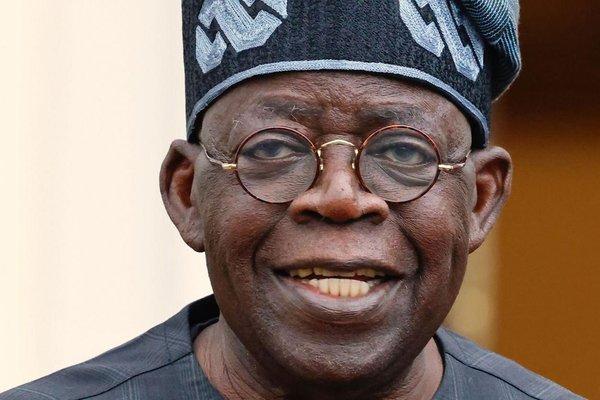Mozambique
Mozambique is a southeastern African country bordered by the Indian Ocean, known for its beautiful coastline, rich marine biodiversity, and Portuguese colonial heritage. Its economy relies on agriculture, fishing, and growing natural gas exports. The capital, Maputo, is a cultural hub blending modern life with historical charm.

Southeast Africa

801,590 sq km

Central Africa Time (CAT) UTC+2

35.6 million (2025)

Portuguese, Makhuwa

Christianity, Islam

Mozambican Metical (MZN)

President Filipe Jacinto Nyusi

Brief
Mozambique is a vast country in southeastern Africa, spanning roughly 801,590 square kilometers. It shares its borders with six neighboring nations: Tanzania to the north; Malawi and Zambia to the northwest; Zimbabwe to the west; and South Africa and Eswatini to the southwest. Its eastern boundary is defined by an extensive coastline along the Indian Ocean, which plays a vital role in the country’s economy and culture.
Home to around 35.6 million people, Mozambique is a melting pot of ethnic groups and languages. While Portuguese serves as the official language used in administration, education, and media the Makhuwa language is the most commonly spoken local tongue, especially in the northern provinces. The country’s monetary system revolves around the Mozambican Metical (MZN).
Mozambique’s religious landscape is primarily Christian, with a strong presence of Roman Catholic and Protestant communities. Islam also holds a significant place, mainly in the coastal northern regions where it has deep historical roots. Traditional beliefs and customs continue to influence many aspects of Mozambican life as well.
The nation operates on Central Africa Time (UTC+2), maintaining a consistent time standard year-round without daylight saving changes. Since 2015, Mozambique’s political leadership has been under President Filipe Nyusi, who heads the ruling party FRELIMO and serves as both head of state and government. Under his administration, Mozambique has focused on economic growth, infrastructure development, and addressing social challenges while navigating regional and global dynamics.
Photos

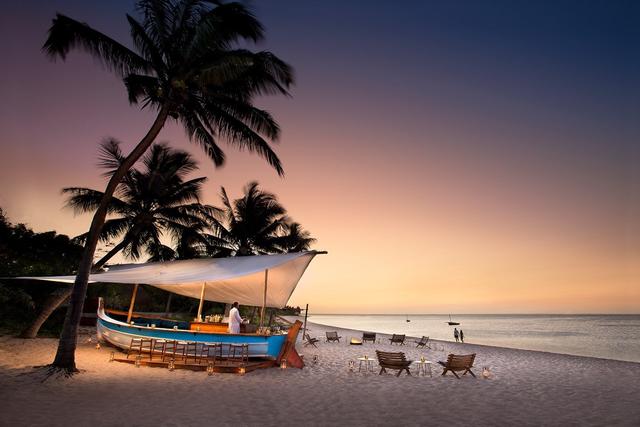


National Anthem
Cultural Life
Cultural milieu
Mozambique’s cultural milieu is a vibrant blend of diverse ethnic groups, languages, and traditions shaped by centuries of African, Arab, Portuguese, and Indian influences. The country is home to several major ethnic communities such as the Makua, Sena, and Tsonga, each contributing unique customs, music, dance, and art. Portuguese remains the official language, but many local languages thrive, enriching everyday communication. Traditional music styles like marrabenta and timbila reflect both indigenous rhythms and colonial legacies, while religious practices blend Christianity with indigenous beliefs. This rich cultural tapestry is celebrated through colorful festivals, crafts, and oral storytelling, making Mozambique a dynamic and multifaceted society.
Daily life and social customs
Daily life in Mozambique revolves around strong family ties, community gatherings, and a close connection to the land and local traditions. Many people live in rural areas where agriculture is the mainstay, with daily routines often centered on farming, fishing, and trading at local markets. Social customs emphasize respect for elders, communal cooperation, and hospitality. Guests are warmly welcomed and sharing food is common. Celebrations and ceremonies, from weddings to harvest festivals, play a key role in community life, often featuring traditional music, dance, and dress. While urban areas are more modernized, blending contemporary lifestyles with traditional values, the sense of community remains deeply rooted across the country.
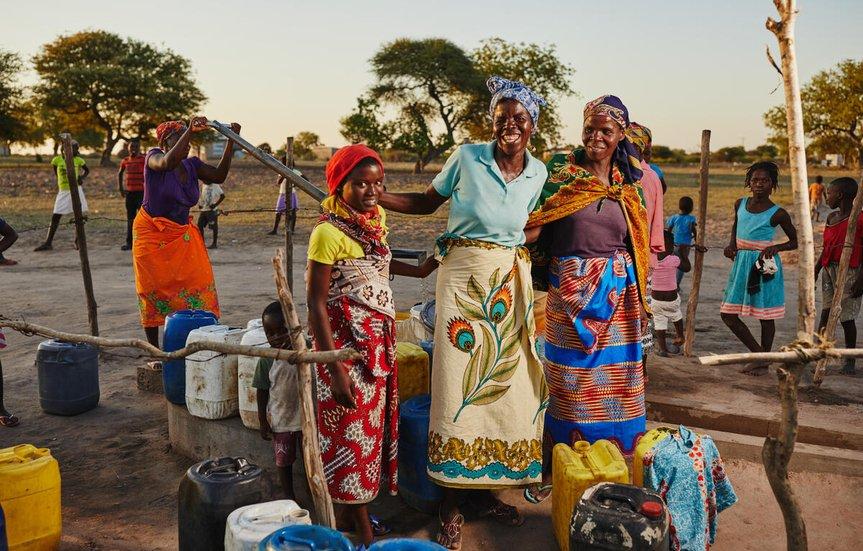



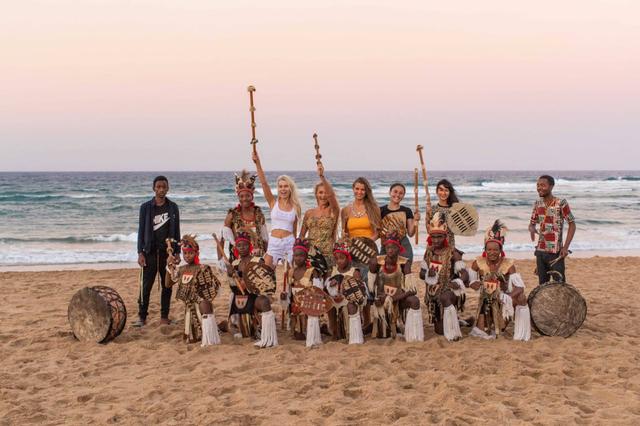
Cuisine
Mozambican cuisine is a flavorful fusion of African, Portuguese, and Arab influences, known for its rich use of spices, fresh seafood, and tropical ingredients. Staple foods include cassava, maize, rice, and beans, often accompanied by dishes like matapa, a creamy stew made from cassava leaves, peanuts, and coconut milk. Seafood, especially prawns, crabs, and fish, is abundant along the coast and often grilled or cooked in spicy peri-peri sauce, a signature Mozambican chili marinade. Coconut milk, garlic, and fresh herbs add depth to many dishes, while street food like samosas and grilled corn showcase the everyday flavors loved by locals. Meals are often communal, reinforcing the strong social bonds within families and communities.




Music
Mozambique’s music scene is rich and diverse, deeply rooted in traditional rhythms while embracing modern influences. Traditional genres like marrabenta, characterized by its upbeat guitar and danceable beats, reflect a blend of African melodies and Portuguese fado. Timbila music, performed on wooden xylophones by the Chopi people, is recognized by UNESCO as an intangible cultural heritage, known for its complex rhythms and storytelling. Contemporary Mozambican music also incorporates styles like hip-hop, reggae, and Afrobeat, blending local languages with global sounds. Music plays a central role in daily life, celebrations, and social commentary, serving as a vibrant expression of Mozambique’s cultural identity.
Marrabenta
This is Mozambique’s most iconic genre, born in Maputo in the 1930s–50s. It blends Portuguese folk melodies, Mozambican traditional rhythms, and later, Western instruments. It’s lively, danceable, and socially expressive.
Pandza
A modern, urban fusion of Marrabenta, reggae, dancehall, and hip-hop. It's the youth-driven genre of Mozambique and is often sung in Shangana, Portuguese, or street slang.
Mozambican Hip-Hop / Rap
Hip-Hop in Mozambique is a strong force for youth expression, activism, and social commentary, especially in Maputo and Beira. It blends Western rap flows with local realities.
The arts
Mozambique’s arts and crafts showcase the country’s rich cultural heritage through vibrant, handcrafted works that blend tradition and creativity. Skilled artisans produce colorful woven baskets, pottery, and intricate wooden carvings that often depict local wildlife, ancestral figures, and everyday life. Textile crafts, including embroidered fabrics and traditional cloths like capulanas, are widely used both for clothing and decorative purposes. Beadwork and jewelry making also hold cultural significance, with designs passed down through generations. These crafts not only serve practical and aesthetic roles but also help preserve Mozambique’s identity and support local communities economically through markets and tourism.





People
Ethnic Groups
Mozambique is home to a rich mosaic of ethnic groups, each contributing to the country’s cultural diversity. The largest group is the Makua, primarily found in the north, known for their farming traditions and vibrant customs. The Sena people inhabit the central region, often engaged in fishing and agriculture along the Zambezi River. In the south, the Tsonga and Shangaan communities are prominent, with distinct languages and cultural practices. Other notable groups include the Yao, Ndau, and Chopi, each with unique languages, music, and social structures. Despite their differences, these groups often share common values of community, respect for elders, and a deep connection to the land.

Religion
Mozambique’s religious landscape is diverse and reflects its history and cultural mix. Christianity is the dominant faith, with Roman Catholicism and various Protestant denominations widely practiced across the country. Islam is also present, especially along the northern coastal regions, influenced by centuries of Arab trade and settlement. Additionally, many Mozambicans blend Christian or Islamic beliefs with traditional African spiritual practices, honoring ancestral spirits and nature through rituals and ceremonies. This religious diversity contributes to a tolerant and syncretic society where faith often intertwines with cultural identity and daily life.

Settlement Patterns
Linear Settlements
Linear settlements in Mozambique typically form along natural or man-made features such as rivers, coastlines, and major roads. These areas provide easier access to transportation, markets, and essential resources like water. For example, many communities are found along the coast of the Indian Ocean and the major highways connecting Maputo, Beira, and Nacala. This pattern supports trade, fishing, and commuting, making it popular in both urban fringes and rural trading zones.
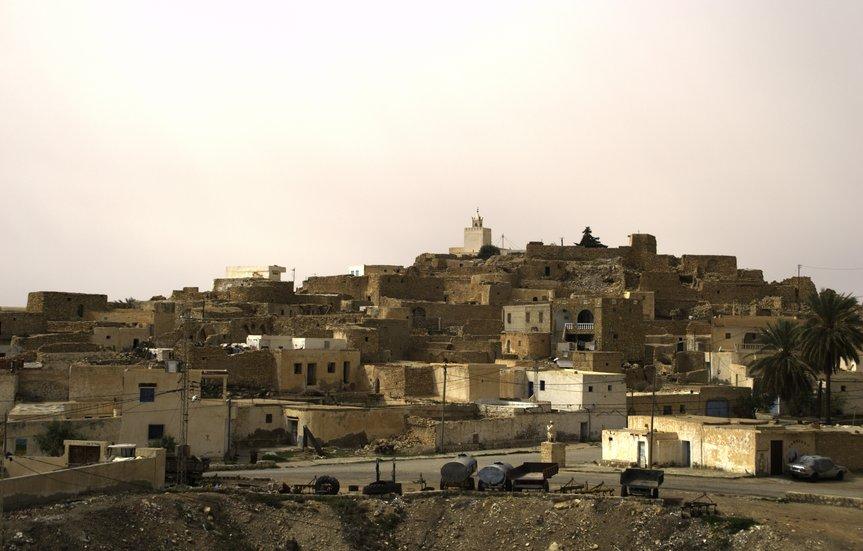
Clustered Settlements
Clustered settlements are common in rural and agricultural regions, where homes and buildings are grouped closely together, often around a central point such as a water source, marketplace, or place of worship. This pattern supports community cooperation in farming, child-rearing, and cultural practices. Villages following this layout are usually inhabited by extended families or clans, and their close-knit structure enhances social cohesion and shared labor, especially in northern and central Mozambique.
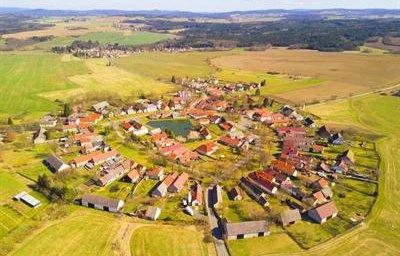
Dispersed Settlements
Dispersed settlements are found mostly in remote areas where land availability is high, and population density is low. In this pattern, houses are spread far apart, often separated by fields or natural terrain. This is typical in parts of the country where farming, livestock rearing, or forest-based activities dominate. The layout allows families to maximize land use but often results in limited access to shared infrastructure like schools, clinics, and roads, posing challenges for service delivery and connectivity.
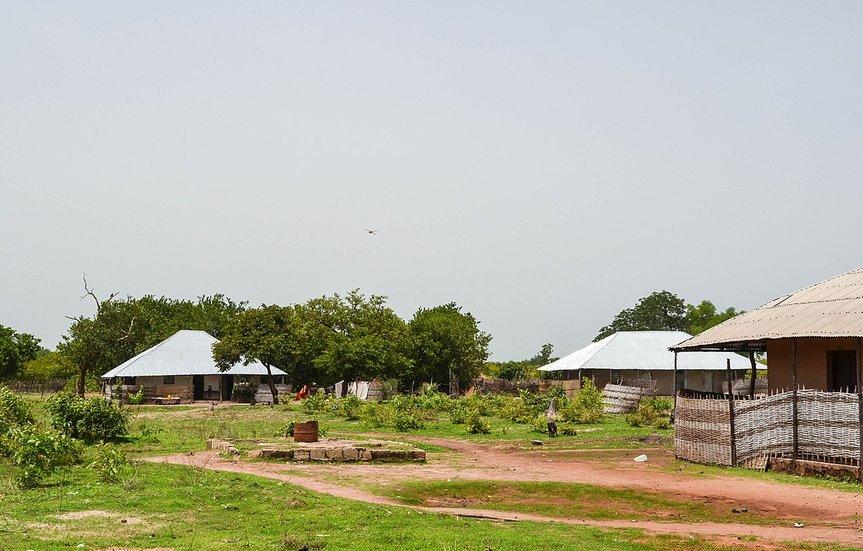
Demographic Trends
Mozambique has a young and rapidly growing population of about 35.6 million, with nearly 43% under the age of 15. Urbanization is increasing, with around 42% living in cities like Maputo, which drives a significant part of the economy. This growth brings challenges such as strained infrastructure, informal settlements, and youth unemployment. High fertility rates and a large dependent population add pressure on education and healthcare systems. To benefit from this youthful demographic, Mozambique needs strong policies focused on education, healthcare, jobs, and sustainable urban planning.

Touristic Cities
Maputo
The capital city, known for its vibrant culture, colonial architecture, lively markets, and coastal charm.
Beira
A port city offering a mix of history, beaches, and access to Gorongosa National Park.
Pemba
Located in the north, famous for its stunning beaches, coral reefs, and gateway to the Quirimbas Archipelago.
Accommodations
Guest houses
Guest houses in Mozambique offer affordable and cozy accommodations, often run by local families. They provide a more personal and authentic experience compared to hotels, typically featuring simple amenities and a welcoming atmosphere. Many are located in towns and near tourist spots, making them a popular choice for travelers seeking comfort on a budget.




Hotels and Resorts
Hotels and resorts in Mozambique range from luxury beachfront properties to mid-range city accommodations, catering to tourists and business travelers alike. Many offer modern amenities such as pools, restaurants, and conference facilities, often set in scenic locations along the Indian Ocean coast. These establishments play a key role in Mozambique’s growing tourism industry by providing comfort, quality service, and access to nearby attractions.




Campings
Camping in Mozambique is popular among adventure travelers and nature lovers, with several campsites located in national parks, along the coast, and near rivers. These sites often provide basic facilities like tents, fire pits, and sometimes guided tours, allowing visitors to experience Mozambique’s natural beauty up close. Camping offers an affordable and immersive way to explore the country’s wildlife and landscapes.



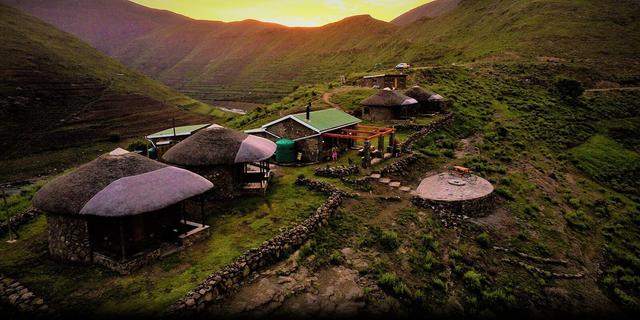
Requirements for Visa
Documents required for the application process
- A completed and signed visa application form.
- A valid passport with at least six months’ validity.
- Recent passport-sized photographs meeting the specified criteria.
- Proof of travel itinerary or return ticket.
- Proof of accommodation during the stay.
- Evidence of sufficient funds for the duration of the visit.
- A letter of invitation (if applicable).
- Payment of the visa application fee.
At the time of visa issuance, please provide the following documents
- Your original passport.
- The visa approval letter or notification.
- Proof of payment of the visa fee.
- Any additional documents requested by the consulate or embassy.
Economy of Mozambique
Agriculture, forestry, and fishing
Mozambique’s economy heavily relies on agriculture, forestry, and fishing, which employ the majority of the population. Small-scale farming dominates, producing crops like cassava, maize, beans, and sugarcane, while commercial farming is growing steadily. The country’s vast forests provide valuable timber resources, though sustainable management remains a challenge. Fishing, especially along the extensive coastline and river systems, is vital for local food security and export, with prawns and other seafood being key products. These sectors are essential for rural livelihoods but face challenges such as climate change, limited infrastructure, and access to markets.
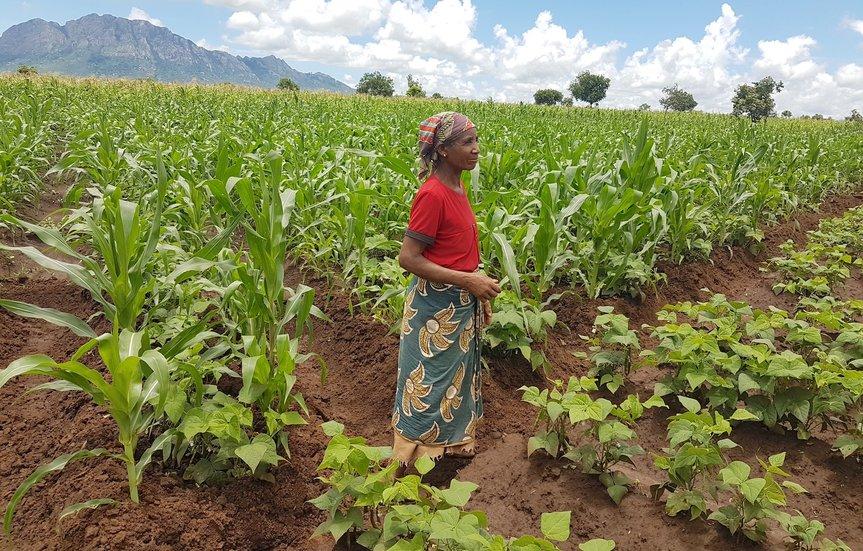
Resources and power
Mozambique’s economy is strongly supported by its abundant natural resources, especially hydropower, natural gas, and minerals like graphite and coal. The Cahora Bassa dam is a major source of electricity, while projects like Mozambique LNG aim to boost energy exports. Mining attracts foreign investment and contributes significantly to the economy. However, challenges such as limited infrastructure, security concerns in the north, and environmental sustainability issues need to be addressed to fully realize the country’s economic potential and ensure sustainable growth.

Manufacturing
Mozambique's manufacturing sector, contributing approximately 7.12% to the nation's GDP in 2023, faces several challenges hindering its growth and development. The sector is predominantly composed of micro and small enterprises, with limited participation from medium and large-scale firms. Key industries include food processing, beverages, chemicals, textiles, and construction materials. Despite efforts to stimulate growth, such as the Programme to Industrialise Mozambique (PRONAI), the sector has experienced stagnation over the past decade. Factors contributing to this stagnation include weak supply chains, high energy costs, limited access to credit, and a complex regulatory environment. Notably, the aluminium industry, represented by Mozal, stands out as a significant player, producing approximately 580,000 tones annually and accounting for 30% of the country's official exports. To revitalize the manufacturing sector, experts suggest reducing administrative burdens, enhancing access to finance, and fostering value chain linkages to improve productivity and competitiveness.
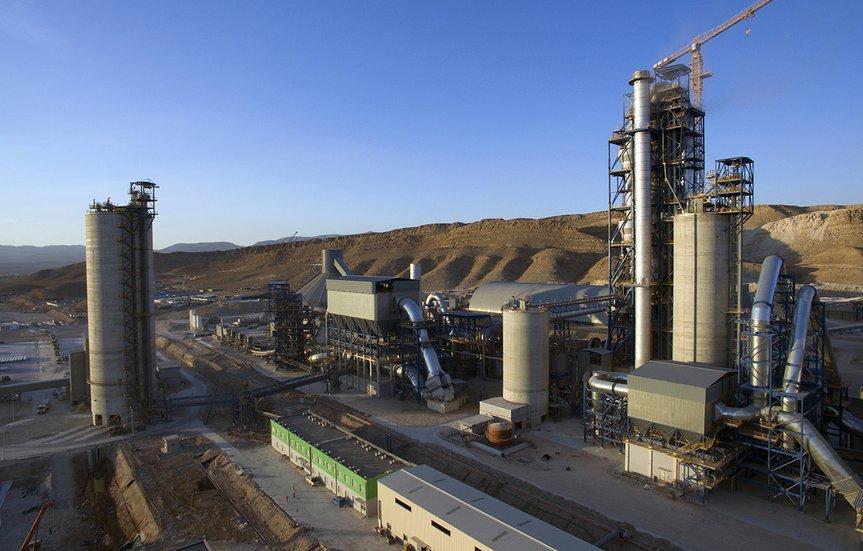
Finance
Mozambique’s financial sector is gradually expanding, with commercial banks, microfinance institutions, and mobile money services playing key roles in promoting access to finance. While the banking system is profitable and well-capitalized, financial inclusion remains low, especially outside urban areas like Maputo where most credit is concentrated. Small businesses and sectors like agriculture still struggle to access funding, receiving a minimal share of overall lending. Efforts are underway, including government-backed credit guarantee schemes and partnerships with development agencies, to boost financial access and support economic diversification. However, challenges such as high public debt, non-performing loans, and the lingering effects of past financial scandals continue to weigh on the system’s stability and trust.

Trade
Mozambique’s trade sector is a major engine of the economy merchandise trade alone accounts for nearly 90%–106% of GDP and is characterized by heavy reliance on a narrow set of commodities like coal, LNG, aluminum, and electricity. In 2023, exports totaled about USD 8.28 billion (with coal at ~21.3%, gas ~20.9%, aluminum ~13.2%, and electricity ~8%), while imports reached USD 10.10 billion, resulting in a trade deficit of roughly USD 1.8 billion. Top export destinations include India (≈15.6%), China (≈14.2%), and South Africa (≈14.0%); import partners are led by South Africa, China, UAE, India, and Singapore. Mozambique has leveraged regional agreements such as the WTO, SADC, EU‑SADC EPA, SACUM–UK EPA, and AfCFTA to boost market access, though bureaucratic inefficiencies, high customs duties, and infrastructure constraints limit diversification. Major trade corridors like Maputo, Beira, and Nacala and future projects such as the Ponta Techobanine Railway—are central to improving logistics, enhancing competitiveness, and unlocking broader economic integration across Southern Africa.

Labour and taxation
Mozambique’s labor system includes a standard 48-hour workweek and sector-based minimum wages, with overtime paid at higher rates. Employers and employees contribute to social security, and income tax is deducted at progressive rates from salaries. Companies act as tax agents, handling both employee deductions and remittances. Corporate tax stands at 32%, VAT at around 16%, and withholding taxes apply to dividends, interest, and royalties.

Transport and Communication
Mozambique’s transport and communication systems are vital to its economic connectivity, with major corridors like Maputo, Beira, and Nacala linking inland neighbors to key ports. While road infrastructure spans over 30,000 km, much of it remains unpaved, raising transport costs and affecting reliability. Railways, managed by state-owned CFM, support cargo movement but require modernization. The country’s ports have seen upgrades through public-private partnerships, enhancing trade efficiency. In the communication sector, mobile phone use is widespread, with growing 4G coverage and increasing internet access driven by fiber optic expansion and satellite services. However, rural areas still lag behind in connectivity and access.

